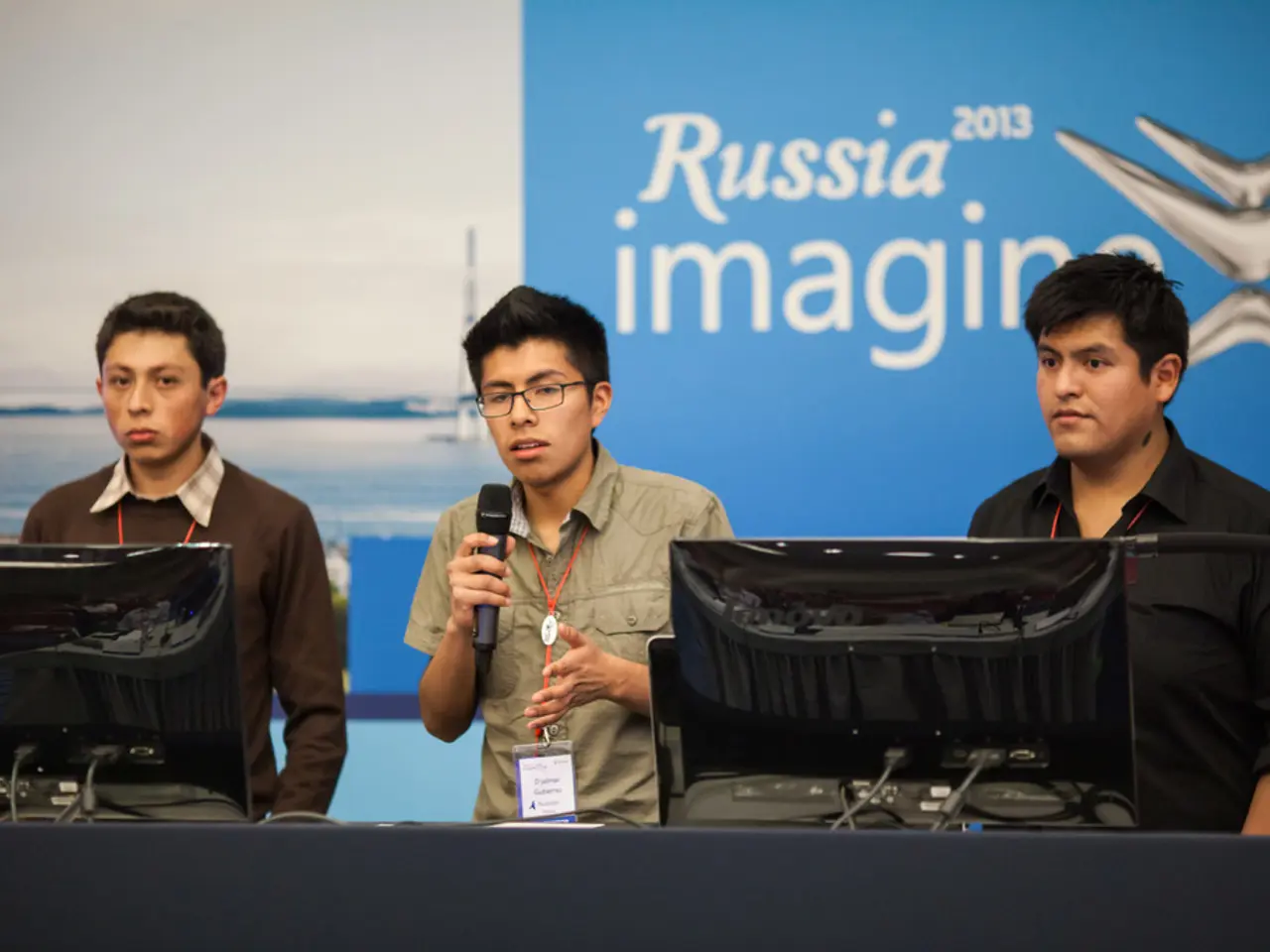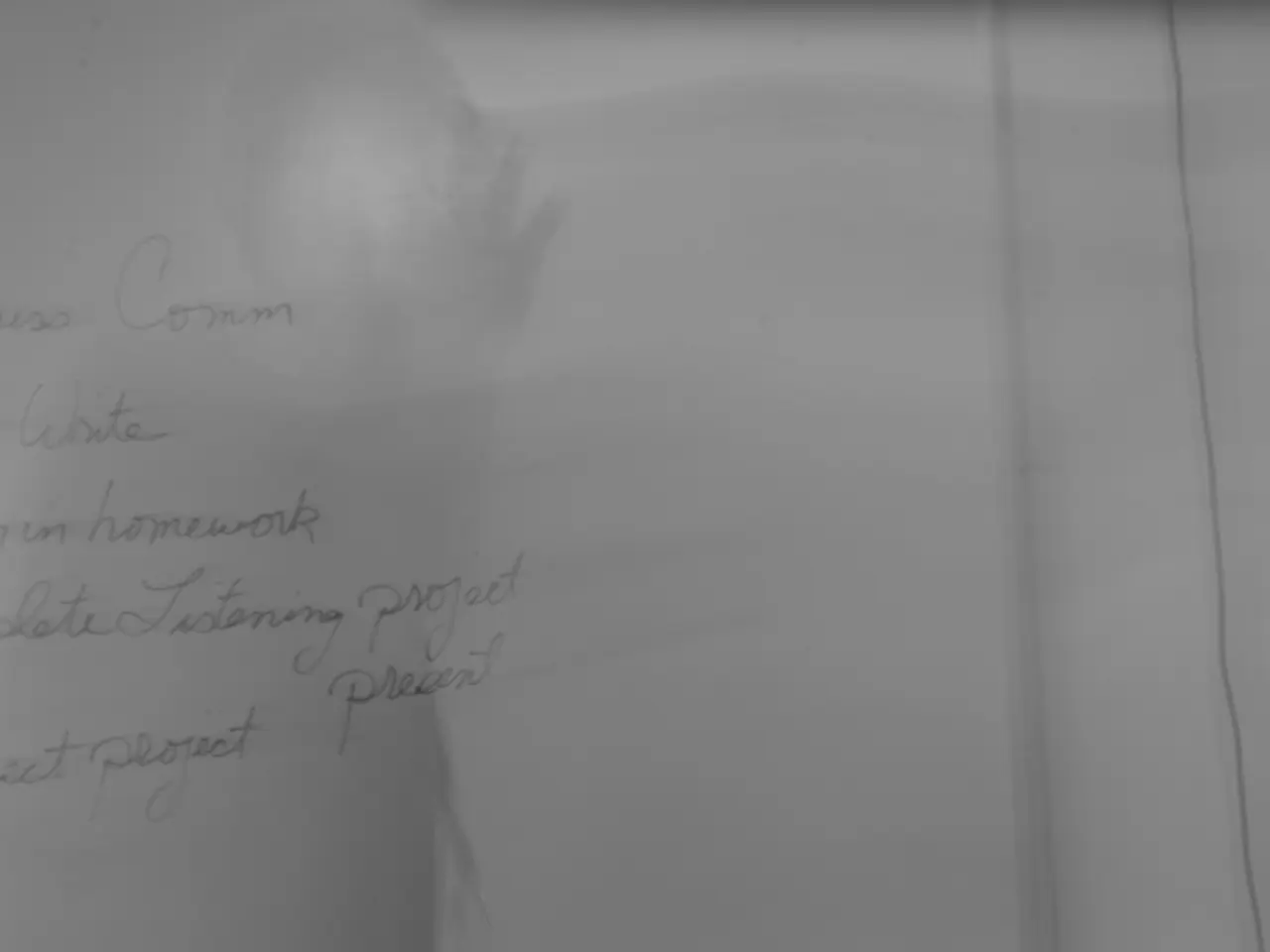EU's draft budget for the years 2028 and beyond, unveiled by the European Commission - EU's Proposed Budget for the Year 2028 by the Commission
The European Commission has unveiled a proposed EU budget for the period 2028-2034, marking a significant departure from traditional spending patterns, particularly in terms of regional and agricultural funding. The proposed budget, totalling €2 trillion, aims to boost investments in security, defense, and competitiveness by downsizing and merging the funds previously allocated to the Common Agricultural Policy (CAP) and cohesion funds.
A fundamental redesign of the EU budget is underway, with the merger of CAP and regional funds, or the "Great Merger," combining what were traditionally separate envelopes under a single umbrella. This move simplifies the budget framework but reduces the combined agricultural and cohesion envelopes compared to current levels. The reduction is likely to cause political tension, particularly among southern countries that rely heavily on agriculture and eastern countries dependent on cohesion funding to reduce disparities with wealthier member states.
To mitigate the impact of cuts on farmers' incomes, the Commission has ring-fenced €300 billion specifically for farmers, along with €2 billion for fishermen and a doubled agriculture reserve. This ensures a minimum share of funds remains dedicated to agriculture within the new Single Fund framework.
The new structure replaces the previous strong EU-level conditionality with more devolved national strategic plans, granting member states greater autonomy over spending. However, this shift could fragment the common goals of CAP and regional policy, potentially undermining the universality and harmonization historically associated with these policies.
The proposed changes are expected to reduce budget flexibility for cohesion policy more than for agriculture, potentially exacerbating inequalities in less developed or rural regions, particularly in Eastern and Southern Europe. On the other hand, the ring-fencing mechanism safeguards farmers against the budget reshuffle, addressing income concerns but may limit flexibility in addressing emerging challenges or innovations in agriculture and rural development.
While the Commission shifts focus to higher spending on security, defense, and competitiveness, the EU Parliament is part of ongoing discussions about these changes. The exact nature of the proposed cuts in regional and agricultural funding remains unclear, and the European Commission has not specified the budget for the period 2028.
The opposition to an increase in national contributions to the MFR, as seen in countries like Germany, could complicate the budget negotiations. These shifts set the stage for intense political debates, especially from countries reliant on agriculture and regional development aid. The Commission's proposal aims to modernize and streamline EU spending, but the risks of reduced cohesion and fragmented agricultural policy impacts across member states are clear.
- The European Parliament, as part of ongoing discussions about the proposed EU budget, will need to address concerns regarding the potential impact of reduced regional and agricultural funding on economically dependent member states.
- The proposed shifts in EU spending, such as focusing on security, defense, and competitiveness, are likely to face opposition from the European Parliament, particularly in regard to the reduction in funds allocated to the agricultural and cohesion envelopes.




